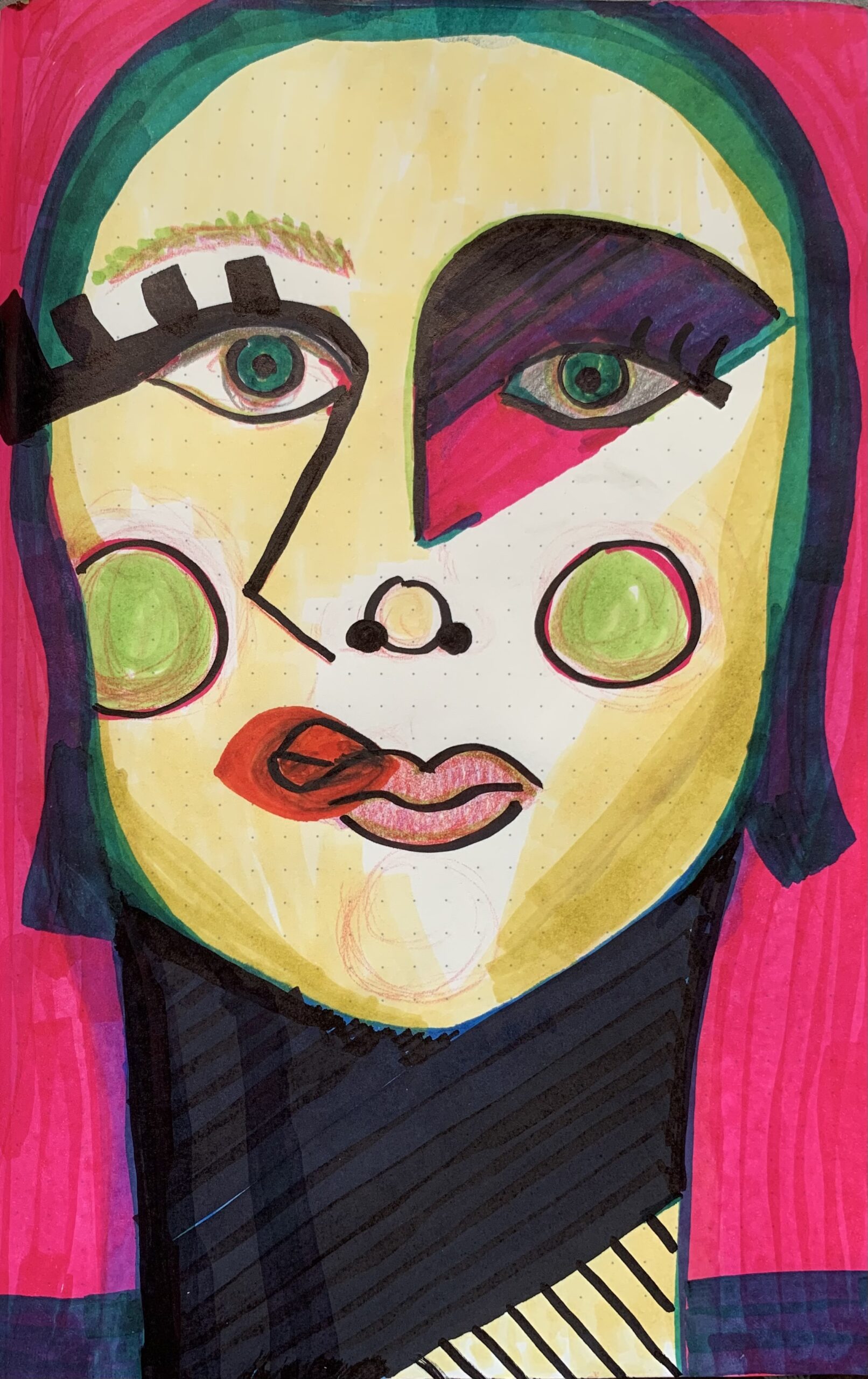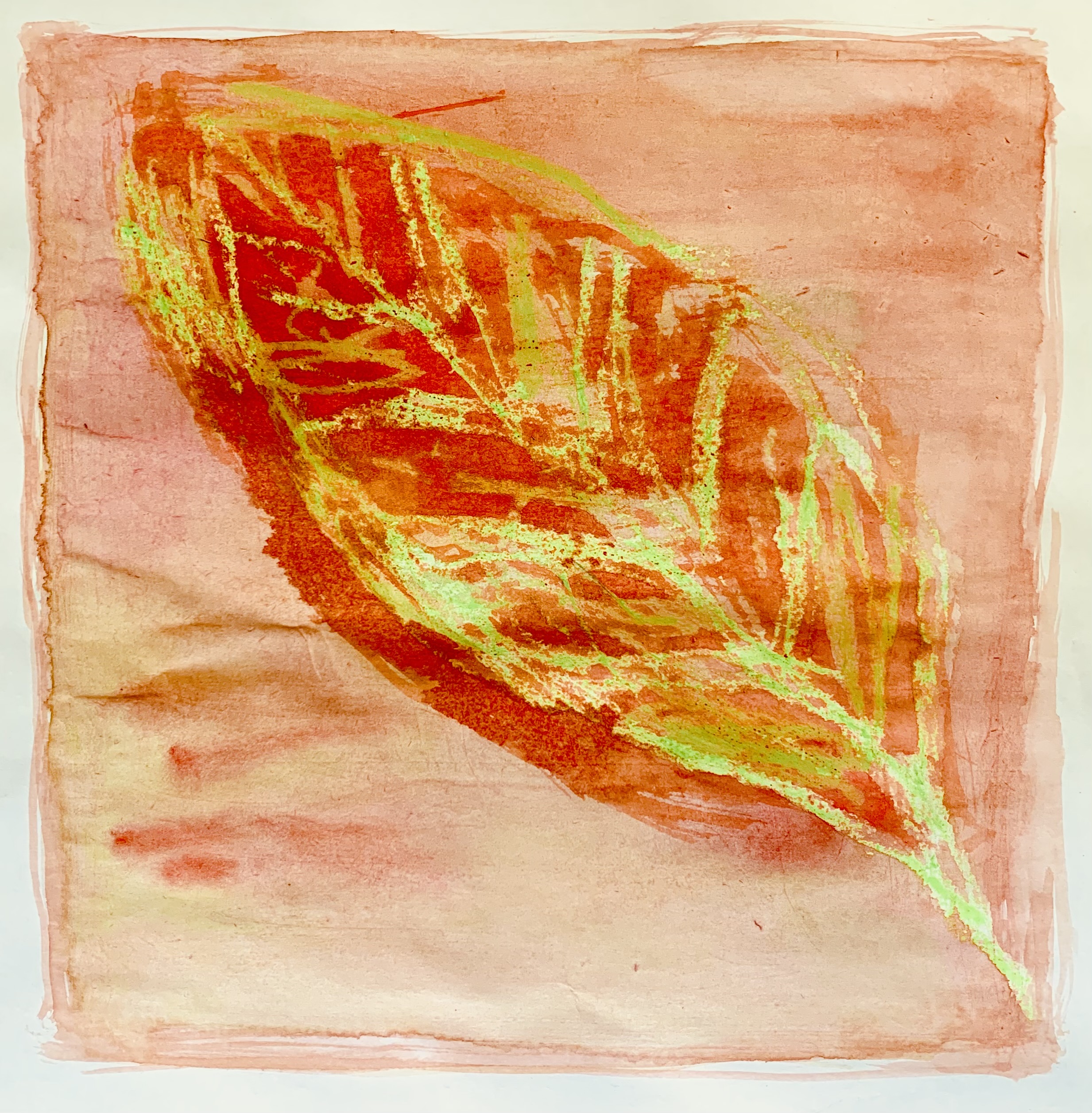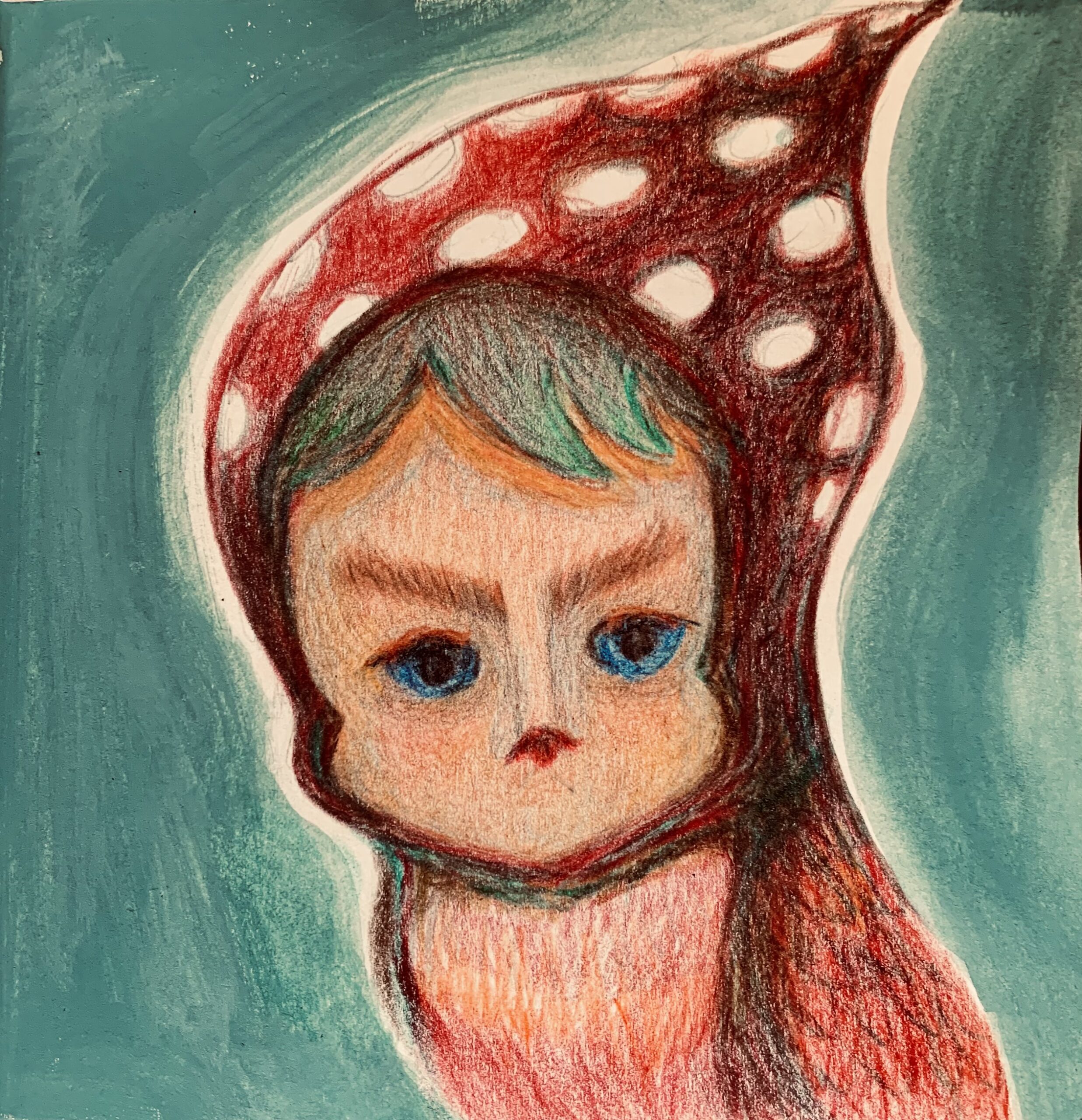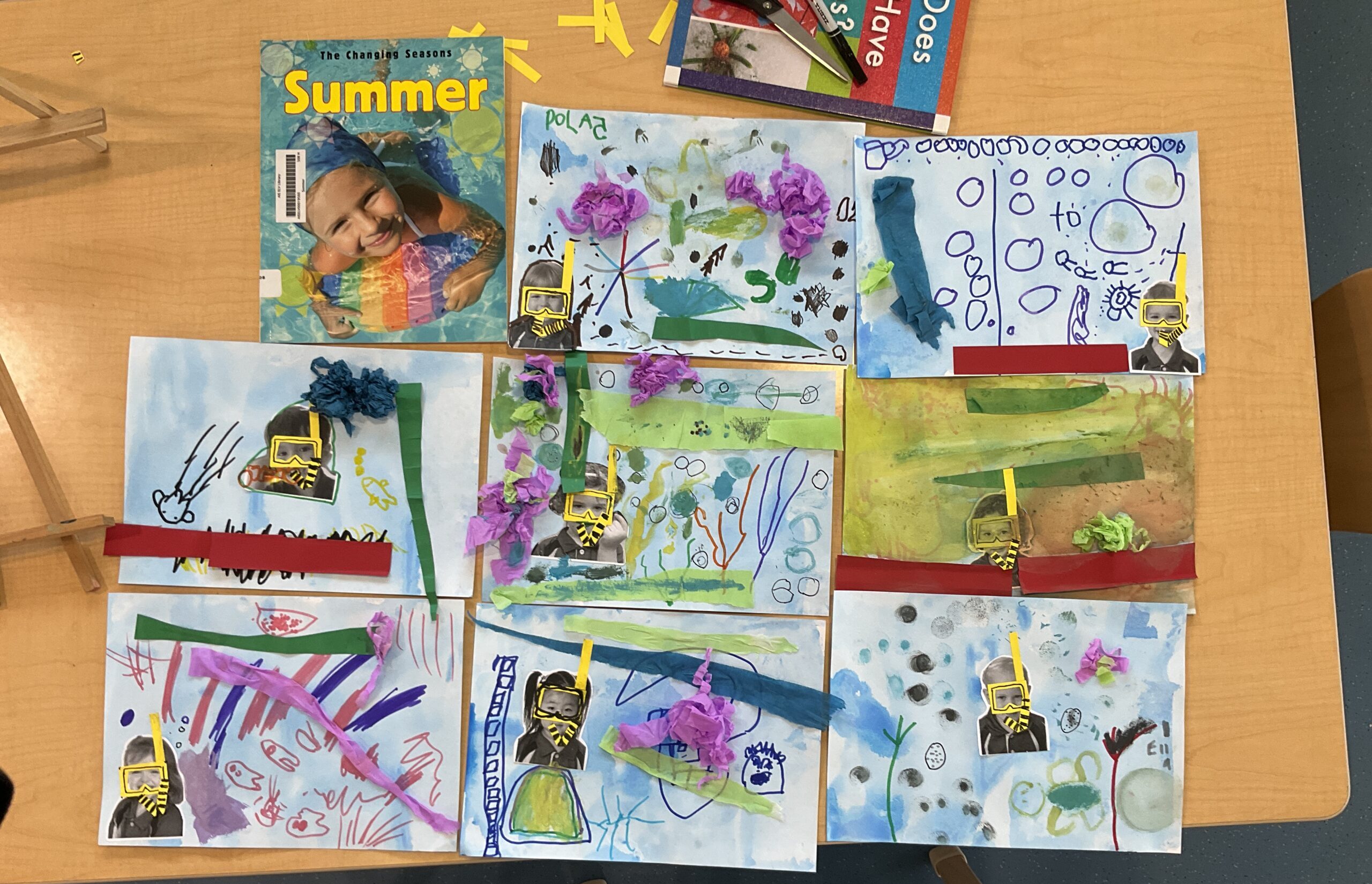Art Lesson: Drawing Interiors with Oil Pastels – Honing Observation and Composition
There’s something deeply satisfying about capturing the cozy charm of an interior space—the light hitting a tabletop just right, the way a chair leans toward a window, or how a rug anchors the room in warmth and color. In this lesson, we’re diving into the art of drawing interiors using oil pastels, while sharpening our observational skills, sense of composition, object placement, and the ability to create visual interest within a frame.
Why Interiors?
Rooms offer a unique artistic playground: they are familiar yet full of visual surprises. Drawing interiors helps artists understand spatial relationships, how light defines form, and how everyday objects can become beautiful when seen with intention.
One of the most iconic examples of this is Vincent van Gogh’s “Bedroom in Arles”. Van Gogh wasn’t just documenting a space—he infused it with emotion and rhythm through bold color, simplified shapes, and deliberate placement of objects. Notice how the bed, chairs, and artwork on the walls are arranged not just functionally, but to create a sense of harmony and movement in the picture plane. His room wasn’t grand—it was personal and full of expressive potential.
Materials You’ll Need:
- Oil pastels (choose a range of colors)
- A sturdy drawing surface or pastel paper
- A pencil for light sketching
- A photo reference of an interior (more on that below!)
Step One: Choosing the Right Reference Photo
Before we start drawing, let’s talk about what makes a good reference photo. Whether you’re thumbing through home decor magazines, scrolling online, or snapping your own photo, here are some things to look for:
- Strong Composition: Look for photos with a clear sense of balance or visual flow. Diagonal lines (like from staircases, tilted chairs, or open doors) can guide the eye and add movement.
- Defined Light Source: Shadows and highlights help you shape objects and give the scene depth.
- Interesting Object Relationships: A well-placed lamp next to a textured curtain or a plant sitting in front of a window gives you layers to work with.
- Atmosphere or Mood: Look for personality—a cluttered bookshelf, a sunlit breakfast table, or a cozy nook. These details give your artwork emotional weight.
- Good Contrast and Detail: Make sure the photo is clear enough to distinguish objects, textures, and light variations.
Pro tip: Practice taking your own reference photos. Set up a corner of your home with thoughtful lighting and objects that interest you. This helps develop your eye not only for drawing but for curating scenes with visual impact.
Step Two: Sketching the Scene
Begin by lightly sketching the major shapes in pencil. Focus on the placement of large objects first (walls, beds, tables), then move to secondary elements (lamps, frames, pillows). Don’t get caught up in tiny details yet—this is about laying down the structure.
Step Three: Observing and Layering with Oil Pastels
Now the fun begins. Start applying color, keeping the following in mind:
- Block in big color areas first. Oil pastels are bold and buildable. Start light and layer.
- Use contrasting colors for interest. If your couch is neutral, maybe the rug underneath is a pop of teal or red. These contrasts draw the viewer in.
- Layer and blend for depth. You can use your fingers, a blending stump, or even scrape away pastel to create texture.
- Don’t be afraid of abstraction. Like Van Gogh, let your hand simplify and exaggerate where it feels right. Express how the room feels, not just how it looks.
Final Thoughts: Why This Matters
Drawing interiors sharpens your ability to see—not just look. You’ll learn to notice how objects relate to each other, how light transforms a surface, and how to make artistic decisions that go beyond copying a photo.
It’s also a deeply personal project. Interiors are lived-in spaces full of stories, whether they belong to you or someone else. Through your interpretation, you give these scenes a new life.
Homework Challenge:
Find (or take) three reference photos of interiors that catch your eye. Choose one to draw with oil pastels. As you work, ask yourself: What draws me into this room? What story is being told through these objects and their arrangement?
Want feedback on your piece? Feel free to share it in the comments or tag us on social media!






















